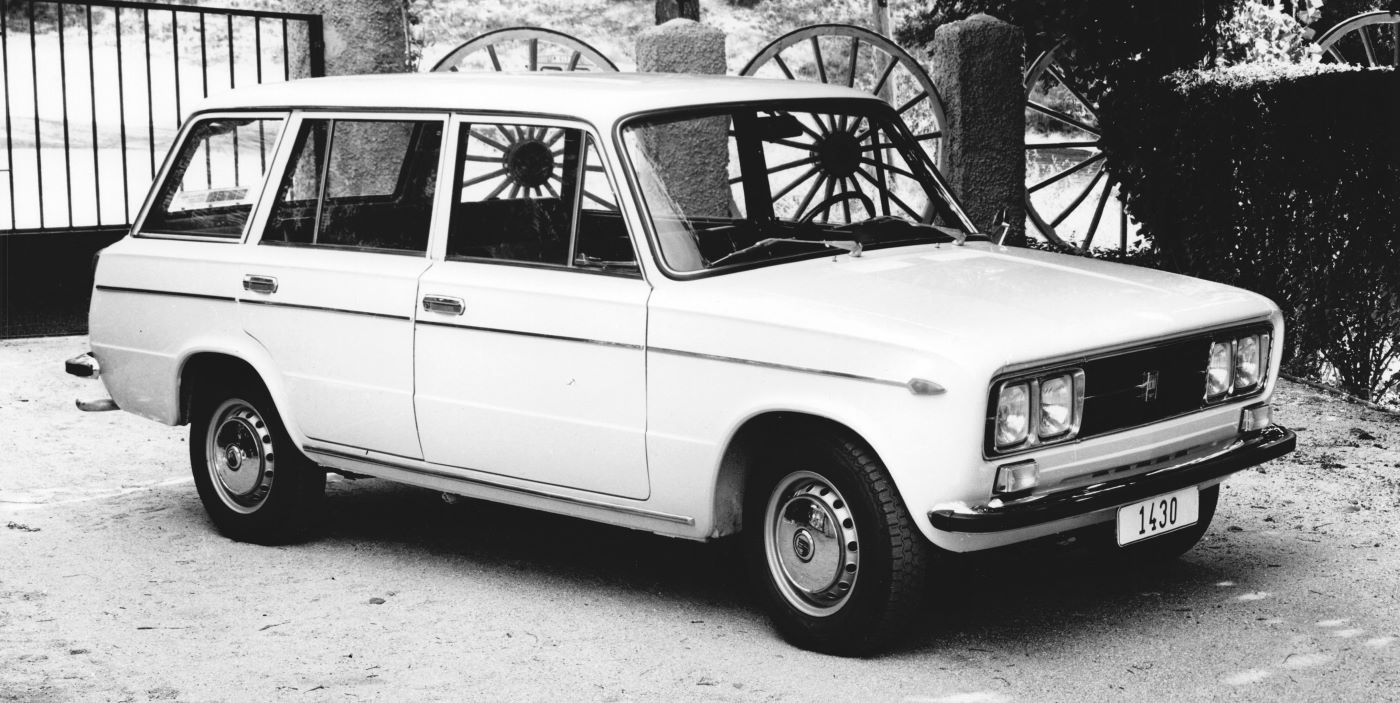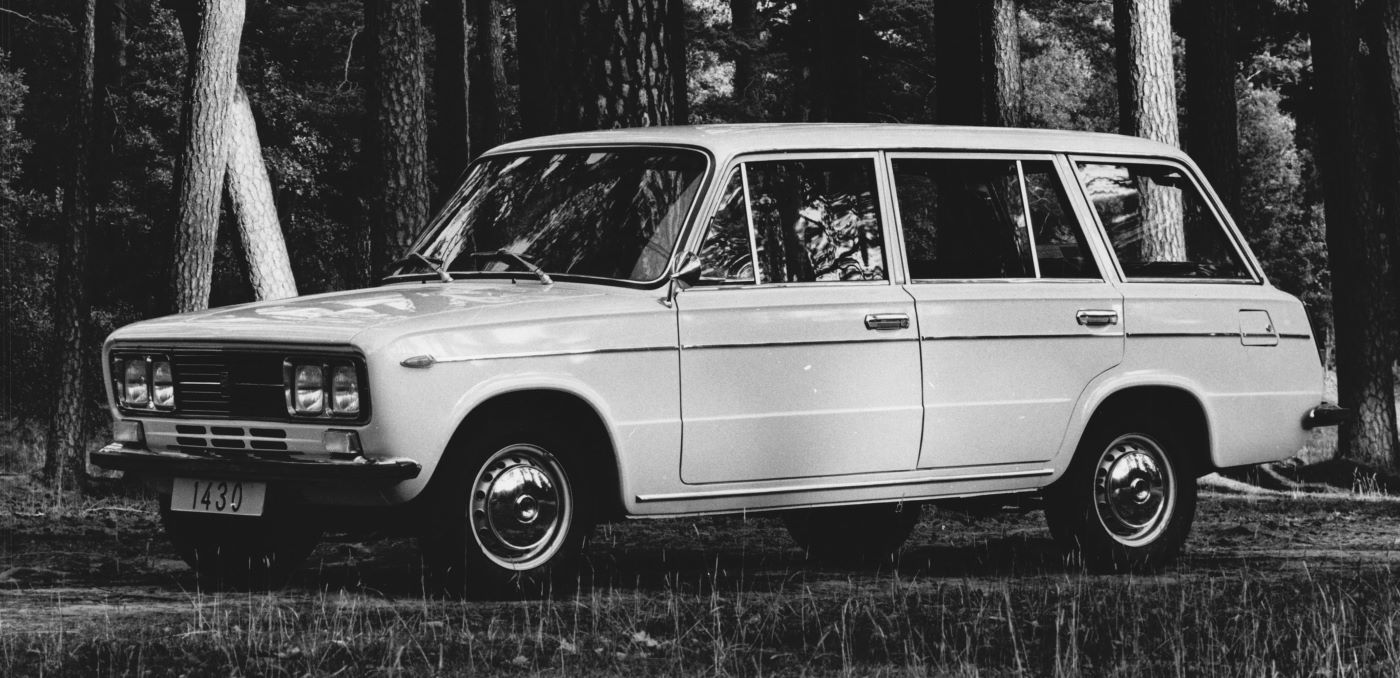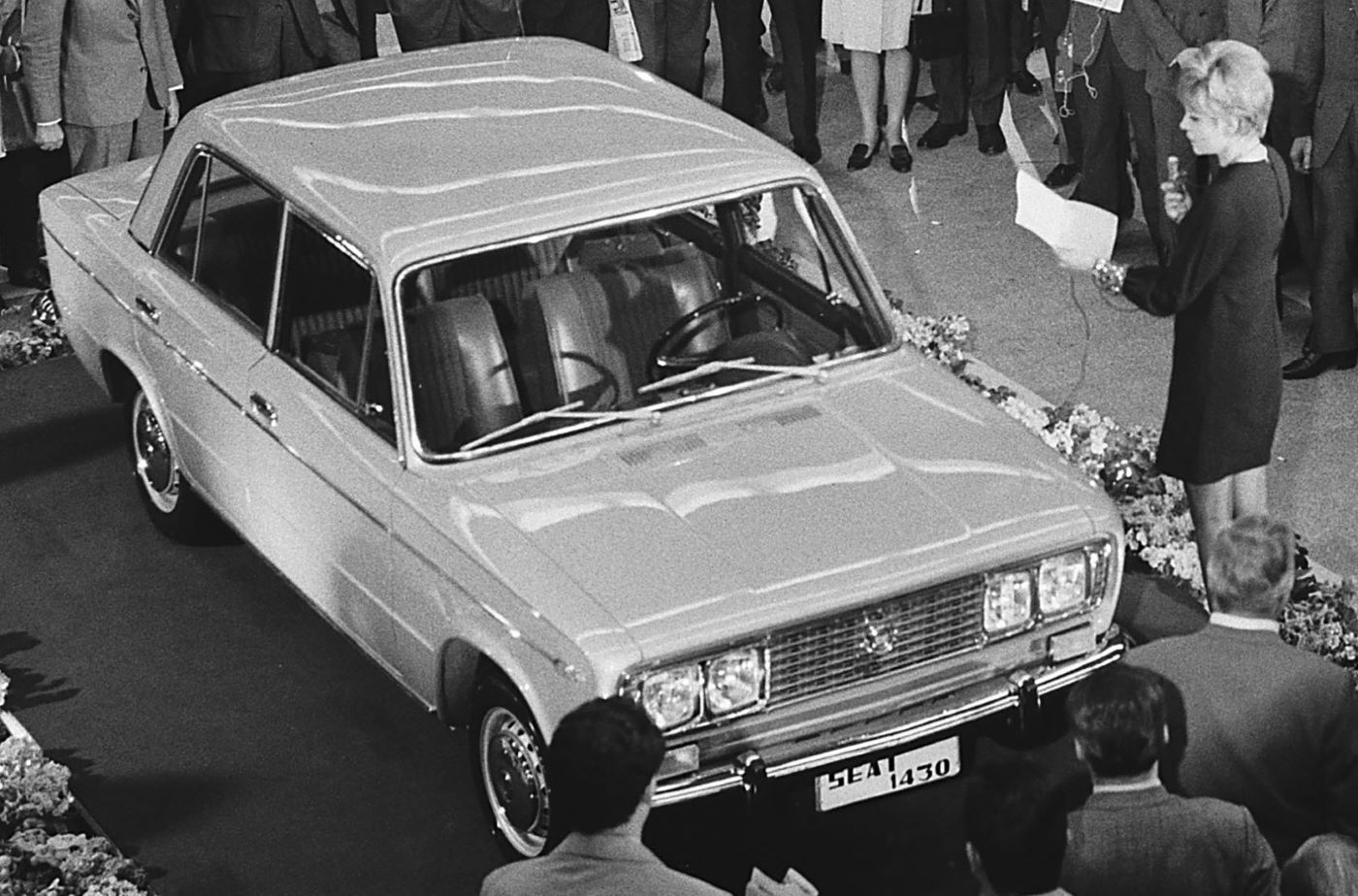
SEAT 1430
The SEAT 1430 was released in 1969, It was a 124 derivative, a unique Spanish model which can be considered the most complete Spanish saloon car of the time. The 1430 is easily recognisable by its twin-headlights, (the 124 always had a single headlight), and bigger tail lights, while under the bonnet was a 1,438cc, 70PS engine, (10PS more than the standard 1.2-litre 124).
Although the design of the 1430 was very similar to the standard 124, the simple modifications to the lights and the bigger, more powerful engine were enough to make it a different, more up-market car. The 1430 was produced until 1976, when the 124 evolution called “Pamplona” was launched, inheriting the full 1430 engine range. More than 255,000 examples were built, powered by the standard 1430 engine as well as 1.6 and 1.8 twin-cam versions, known as FU, (the letters that identified the chassis numbers).
The 1430 was also produced defining moments in SEAT’s motorsport history. The most powerful versions were incredibly successful in rally competition, winning four Spanish rally championships in the mid-70’s, a golden period for SEAT Competicion, the Spanish carmaker’s racing division at the time.
The 1430’s importance to the brand doesn’t end there. Its engine was used to power the Formula 1430, the first Spanish single-seater championship, created by SEAT at the beginning of the 1970’s. Formula 1430 formed the training ground for a new generation of Spanish drivers who would go on to achieve great success, while at the same time establishing a breeding ground for Spanish chassis constructors.


The SEAT 1430 Especial 1600 Familiar
The 1430 Especial 1600 Familiar (type FM) was so far ahead of its time that commercial success was difficult to come by as the domestic market still wasn’t ready for a vehicle that was the ST Cupra of its era. Only 852 examples were made between 1974 and 1976, when production stopped. It was replaced by the SEAT 131 estate, powered by the same engine but bigger and heavier, making it far less fiery.
The SEAT 1430-1600 estate’s farsighted performance make it a very rare car today, and one that is appreciated and venerated by collectors.


You must be logged in to post a comment.